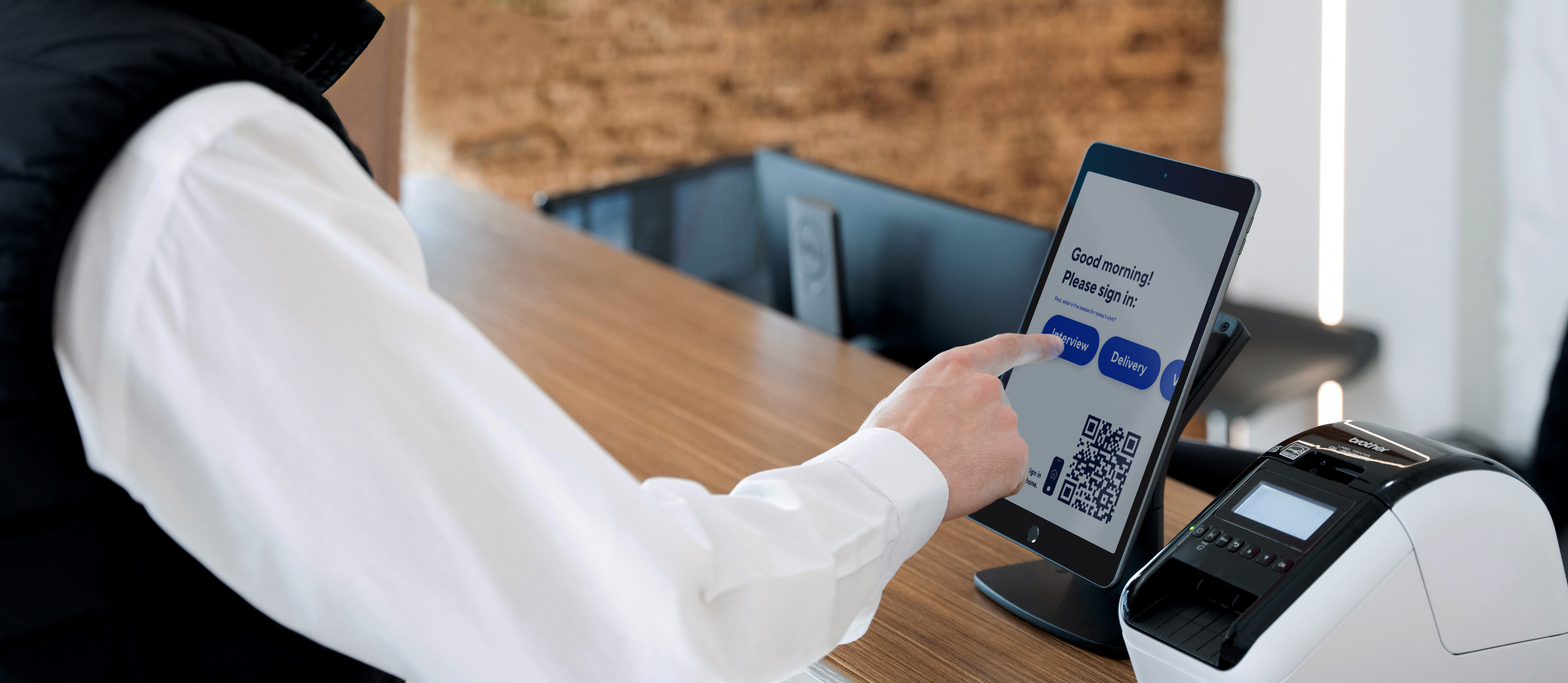The Importance of a Visitor Sign-in System: Enhancing Security and Efficiency
As the world becomes increasingly connected and security-conscious, the need for robust safeguarding measures in public and private spaces is more crucial than ever. Organizations are turning to technological solutions to manage the flow of visitors, ensuring that access to facilities is controlled and monitored. A visitor sign in system plays a pivotal role in this process, providing a harmonious blend of security and efficiency. Below, we explore the various benefits of implementing such a system in today’s fast-paced environment.
Understanding the Role of a Visitor Sign-in System

Visitor sign-in systems have transformed from simple sign-in sheets to sophisticated software platforms that offer a multitude of functionality. In modern organizations, these systems are crucial for controlling access to buildings, safeguarding sensitive areas, and monitoring who is on-site at any given time. These systems are not only part of a comprehensive emergency action plan but are key in enhancing security and streamlining visitor processing, making for a more professional first impression.
The adoption of such systems can ease the workload of front-desk staff, as they automate many of the traditional tasks associated with greeting and processing visitors. With a digital sign-in system, guests can quickly have their details captured, printed with ID badges, and directed to the appropriate location within the premises without extensive manual intervention.
Elevated Security Measures
Security is a paramount concern for any establishment, and the implementation of a visitor sign-in system is a step toward fortifying that. With visitor management technology, organizations can pre-screen guests, flag individuals who pose potential risks, and maintain records of past visits, which is invaluable for security purposes.
Furthermore, integrating visitor management with other security systems, like security cameras and access control barriers, can create a comprehensive security ecosystem. By doing so, organizations can ensure a cohesive and responsive security protocol. This integration can streamline the response to any unauthorized access attempts or other security incidents.
Visitor sign-in systems also allow for the generation of detailed reports and logs that are critical for security audits and investigations. These reports provide transparency and can be pivotal when identifying patterns or investigating incidents within the organization.
Streamlined Visitor Processing

The arrival of a visitor to a facility can set the tone for their entire visit. A visitor management system can ensure this initial interaction is smooth and professional. By using digital systems, guests can benefit from a fast and efficient check-in process, reducing wait times and eliminating paperwork.
Beyond the check-in experience, these systems help in managing the visitor’s journey throughout the facility. They can include features such as wayfinding, appointment scheduling, and even integration with internal communication tools to inform hosts of their guest’s arrival, providing a seamless flow from the entrance to the meeting point.
When it comes to departures, visitor sign-in systems again prove their worth by facilitating a quick and easy check-out process. This ensures that the visitor’s presence is accounted for during the entirety of their stay, and the organization has an accurate log of when the visitor left the premises.
In case of repeat visits, these systems can store visitor information, thus expediting future check-ins. This capability not only saves time for the visitor but also reduces administrative tasks for the host, making subsequent visits more efficient.
Data Insights and Compliance
An often overlooked but critical aspect of visitor sign-in systems is their ability to provide actionable data insights. Organizations can monitor peak visit times, visitor demographics, and occupancy levels, aiding in operational planning and resource allocation. This data-driven approach can have significant positive impacts on organizational efficiency.
Compliance with legal standards and regulations is another aspect where visitor sign-in systems offer substantial benefits. They can be configured to enforce compliance checks, such as health and safety briefings or signing legal waivers, which are often industry-specific requirements.
In safety-critical environments, visitor sign-in systems become an essential component of regulatory adherence. They provide real-time records that can be crucial during safety inspections or audits, and they ensure that all visitors have been properly informed about safety protocols.
Overall, the deployment of a visitor sign-in system presents a myriad of advantages. From elevating security protocols to enhancing the visitor experience, the argument for their integration within both the public and private sectors is compelling. Organizations that prioritize visitor management not only improve their operations but also project a modern and security-conscious image that can be instrumental in today’s environment.
